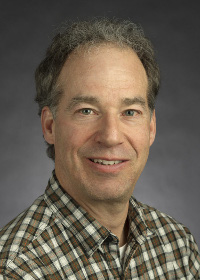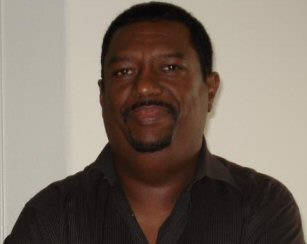Director

John V. Dudgeon, Ph.D.
Director of CAMAS & Associate Professor Archaeosciences, Anthropology, Archaeometry
Office: Gravely 164
John is an Assistant Professor of Anthropology and Director/Research Scientist at CAMAS. He is an interdisciplinary bioarchaeologist; since coming to ISU he has participated as affiliate faculty within ISU’s Program for Environmental Science (2010-2011), the Department of Biological Sciences (2011-2012), and the Molecular Research Core Facility (2010-present). He currently serves as Affiliate Curator of Archaeology at the Idaho Museum of Natural History. In addition to teaching and mentoring responsibilities, he directs and coordinates research activities in the ISU Ancient DNA Extraction Laboratory (ADEL), and also leads the trace element research group in the Interdisciplinary Laboratory for Isotopic and Elemental Analysis (ILIEA), a division of CAMAS. John utilizes his laboratory affiliations to direct student research and teach advanced methods in bioarchaeology, archaeological chemistry (with a focus on elemental and isotopic biogeochemistry), and microfossil and residue analysis.
Associate Director

Bruce Finney, Ph.D.
Professor Paleoecology, Climatic Change, Stable Isotope Biecology, Climatic Change, Stable Isotope Biogeochemistry
Office: Life Sciences 256
Bruce Finney is a professor in the Department of Biological Sciences, with a joint appointment in the Department of Geosciences. Much of his research focuses on using lake and ocean sediment-based data to study past and future climate changes and its effects on wildlife, humans and fish. He is particularly well known for his research on the effects of climate change on Pacific salmon populations. More than 100 of Finney's publications have been featured in peer-reviewed journals, 40 of which have been published since his arrival at ISU in 2007. His publications have been cited more than 5,000 times in the peer-reviewed literature.
Manager

Million Hailemichael, Ph.D.
Research Scientist Isotope Laboratory
He also works on the biogeochemical consequences of the dramatic vegetation change in Texas. Studies in the region indicate that, over the past 100 years, soil carbon and nitrogen storage have increased up to four-fold beneath areas that are now dominated by woody plants. Working as part of a research group to assess the impact of increased soil carbon and nitrogen and on the biogeochemical consequences of increased woody plant abundance in the grasslands and savannas of the region.
Professional Laboratory Technician

Rebecca Hazard, MS
Undergraduate Student Researchers

Kateea Peterson-Allison
Undergraduate Researcher
Office: Eames, Office for Research 94F
Kateea is majoring in Anthropology with an emphasis in Archaeology and Geotechnology. Her current research is focused on a project with faculty at ISU, Effects on Heavy Metals on Human Dentition, that looks at understanding the absorption rates of heavy metals from the soil matrix into the teeth. Kateea was accepted to the Slavia Field School in Mortuary Archaeology located in Giecz, Poland for the 2019 summer session. While in Poland she gained hands-on experience in excavation techniques, human remain identification, artifact cataloging, and museum preparation. Kateea is qualified to operate the ICP-MS, in both liquid uptake and laser ablation analysis.

Pamela Pascali
Pam is a TRIO McNair Scholar working on her honors thesis as an Anthropology Major, with a minor in American Indian Studies. Her current research focuses on expanding the Snake River Plain Obsidian Database to include samples from Northern Nevada and the Yellowstone-Teton Area while utilizing pXRF, LA-ICP-MS, and profilometry. As a future project, she also hopes to incorporate GIS to turn the database into an interactive and shareable resource.
Graduate Student Researcher

Talissa Cota
Graduate Teaching Assistant and Researcher
Talissa is currently a Masters Candidate in Anthropology, with an emphasis in Archaeology and Geotechnology. She splits her time between being a Teaching Assistant for the Anthropology department and as a Graduate Researcher at CAMAS. Talissa brings a wide variety of fieldwork experience to the lab and is focusing on incorporating GIS into her research to model least-cost-path analysis of movement of resources across the Snake River Plain.
